The best camera phones in 2021
We’ve had a bumper crop of the best camera phones so far this year, and that figures to continue in the coming months. Following new phones from Samsung and OnePlus that impressed us with their photo features, we’re expecting new releases from Apple and Google this fall that will try to one-up existing camera phones.
Why such a focus on camera features among phone makers? Because it’s one of the most important parts of a smartphone, since for many people, their smartphone is the only camera they carry around. That why Tom’s Guide puts such an emphasis on camera testing for every handset we review. We evaluate image quality in a wide range of conditions. We also perform head-to-head face-offs to compare camera performance between leading phones to find out which one takes the better shots.
The best camera phones meld intricate optics and sensors with software algorithms that rely upon math and science to extract the best possible light, color and detail out of every scenario. It’s not just about the number of lenses on the back, either — some phone makers make the most of artificial intelligence to improve post processing on your photos.
With all that in mind, and after hundreds of hours of testing, we’ve rounded up this list of the best camera phones for various different use cases, and at a variety of price points.
What are the best camera phones?
You can’t go wrong with any of Apple’s new iPhone 12 models, which produce some of the best photos we’ve seen. If you can swing the $1,099 price, the iPhone 12 Pro Max is the best of the bunch, thanks to a larger main sensor. But the iPhone 12 camera can hold its own, even with one less lens than the Pro models sport.
As good as the latest iPhones are at taking photos, they’re facing some stepped up competition from Android devices. The OnePlus 9 Pro, Galaxy S21 Ultra and Pixel 5 all rely on multiple rear lenses and high-end photo processing features to deliver the best shots.
Those who really want to maximize their photography on-the-go but spend as little as possible are well advised to check out the Google Pixel 4a or iPhone SE. They’re two of the best cheap phones out there, because they guarantee phenomenal image quality despite costing less than half the price of their premium counterparts. (A Pixel 4a replacement is likely to arrive at some point this summer, though, with more lenses than the lone shooter on the current model.) You can also include the Samsung Galaxy A52 among those top low-cost options.
The best camera phones you can buy today



The iPhone 12 Pro Max is the best camera phone you can buy, which is saying something given how strong the competition is. The 12 Pro Max stands out compared to other iPhone 12 models with its main wide camera. The larger sensor lets in more light. It also includes a sensor-shift image stabilization system that results in super steady video shot in Dolby Vision HDR.
The main camera on the iPhone 12 Pro Max is joined by an ultra-wide lens with a 120-degree field of view and a 65mm telephoto camera with a 2.5x optical zoom and 12x digital zoom. Apple’s computational photography capabilities are very impressive, which includes an improved Deep Fusion system for exquisite details and Smart HDR 3 that delivers well balanced photos in challenging lighting conditions. Plus, with the LiDAR sensor built in, you can take portraits even in night mode.
The iPhone 12 Pro Max can even record photos in ProRAW mode to give photographers the ultimate flexibility in terms of editing.
Read our full iPhone 12 Pro Max review.
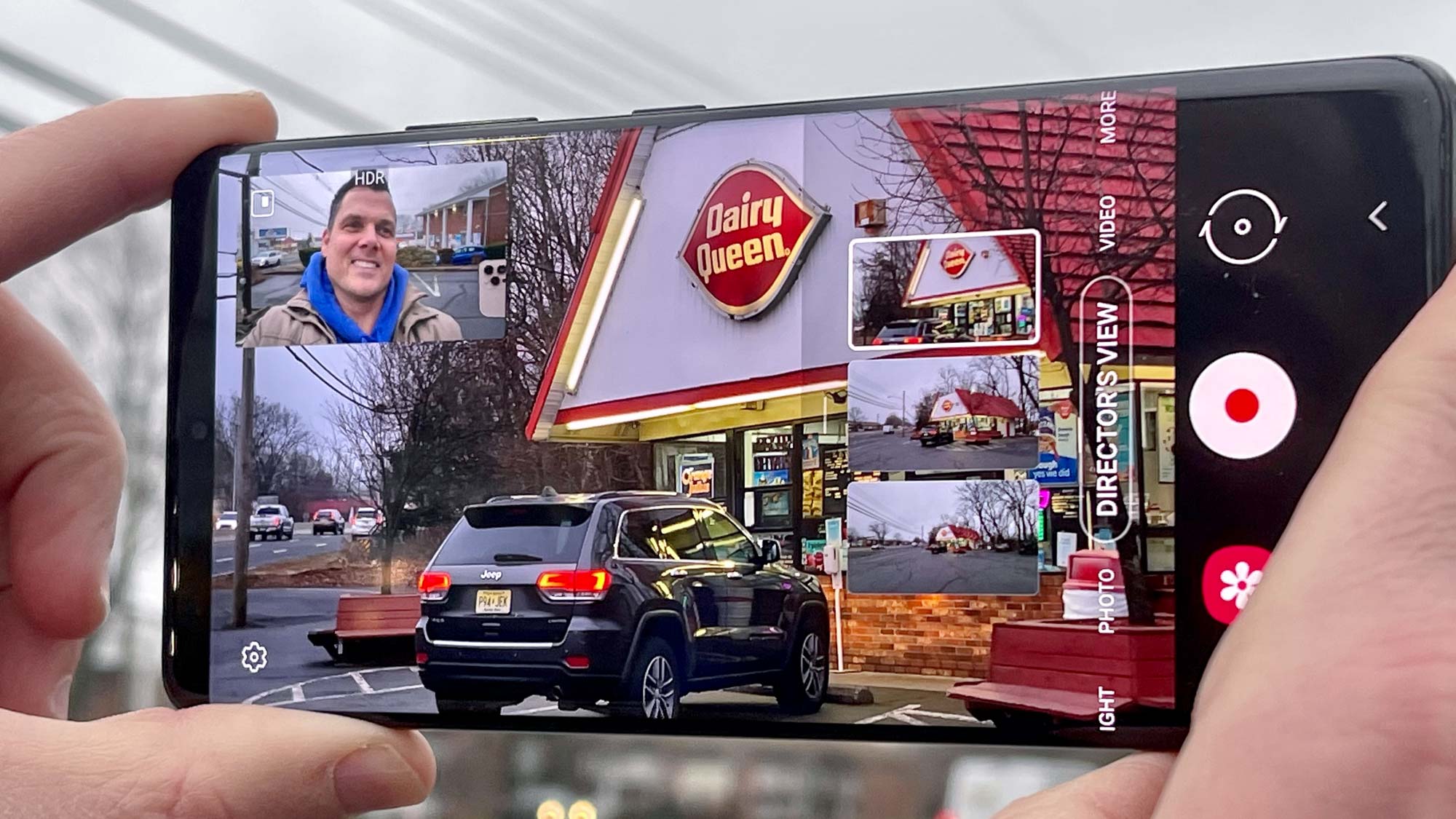

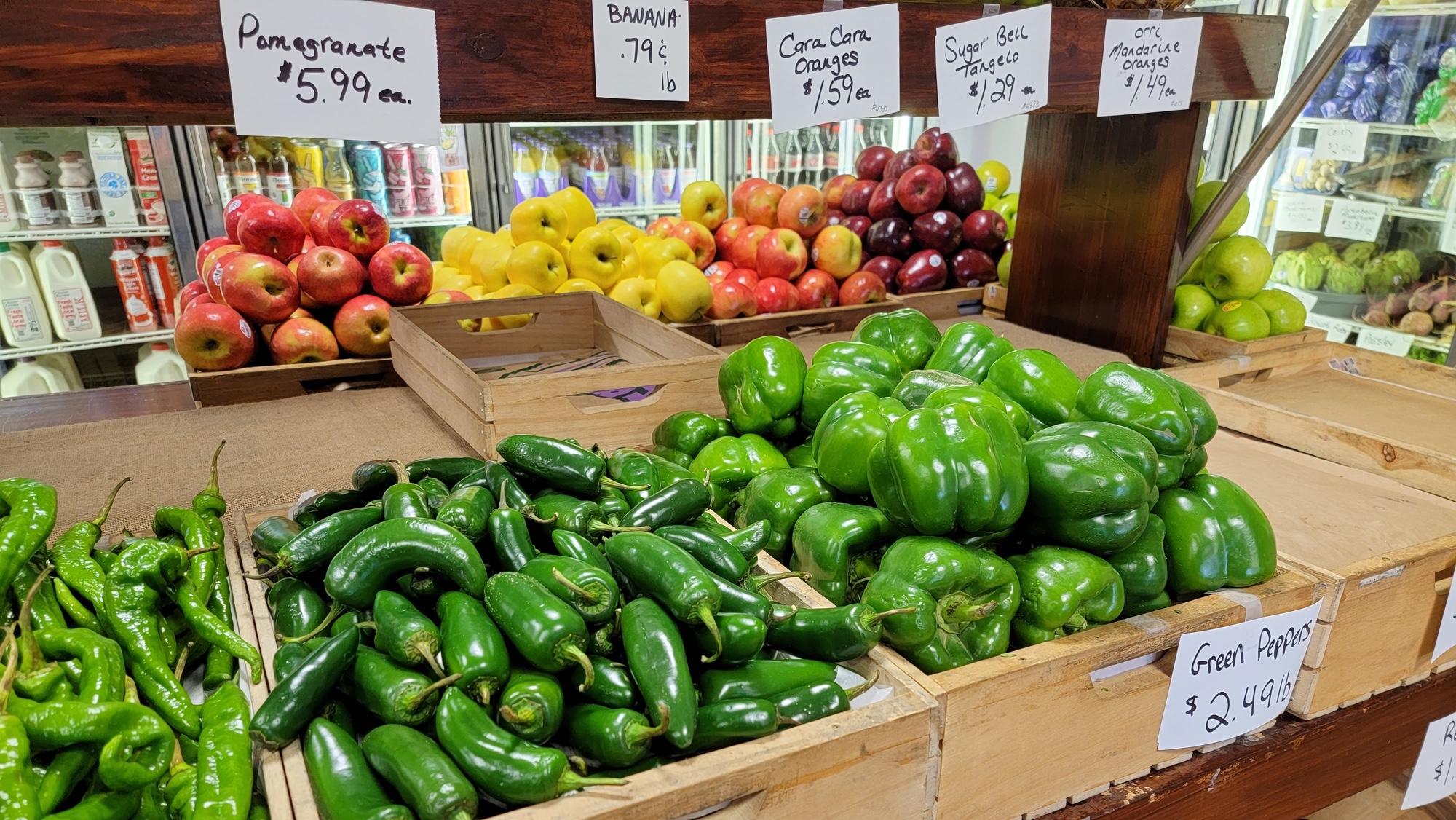

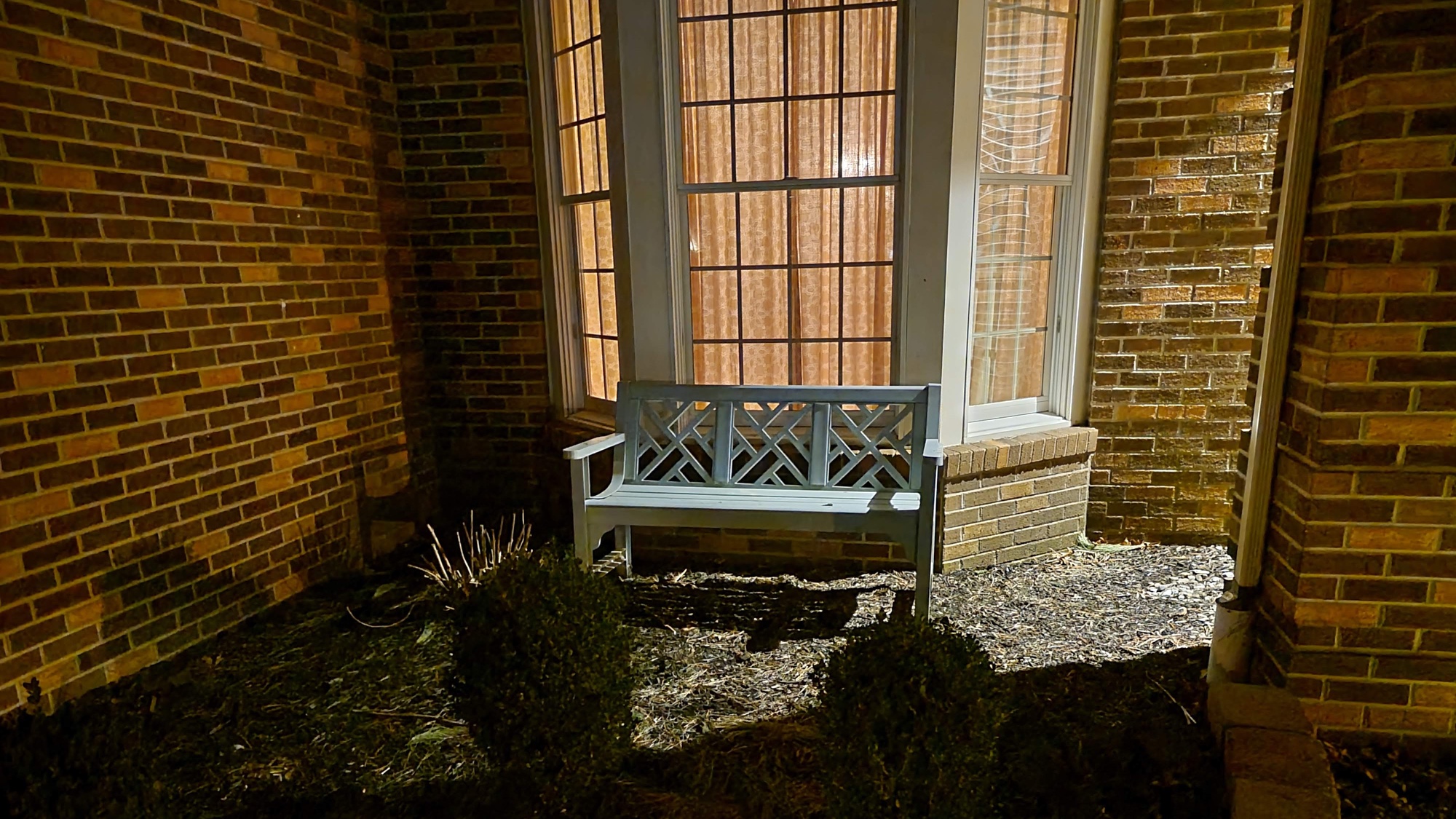
The latest Galaxy S21 Ultra does everything it can to cement Samsung’s place as the camera phone to get when you want to zoom in for finer details. Samsung has equipped the Galaxy S21 Ultra with a pair of telephoto lenses — one with a 3x optical zoom, the other with a 10x — and the results impressed us in our testing. Support for a 100x digital zoom returns, too, and now there’s a Zoom Lock feature to help you keep those shots in focus. A laser focus sensor also complements the main 108MP lens.
The story with Samsung’s new phone isn’t just about hardware, though. The Galaxy S21 Ultra features a number of new software tricks that help you get more creative with your photos. The Simple Take feature from last year has been improved to now generate slow-motion videos when you press the shutter button. Director’s View lets you capture video from both the front and rear cameras simultaneously, and you can also switch between the S21’s different lenses on the fly.
The Galaxy S21 Ultra’s ability to record 8K video makes it a great device to have if you capture a lot of video and those zoom lenses put the iPhone on notice. This is a great camera phone to have if you’re an Android fan.
Read our full Samsung Galaxy S21 review.
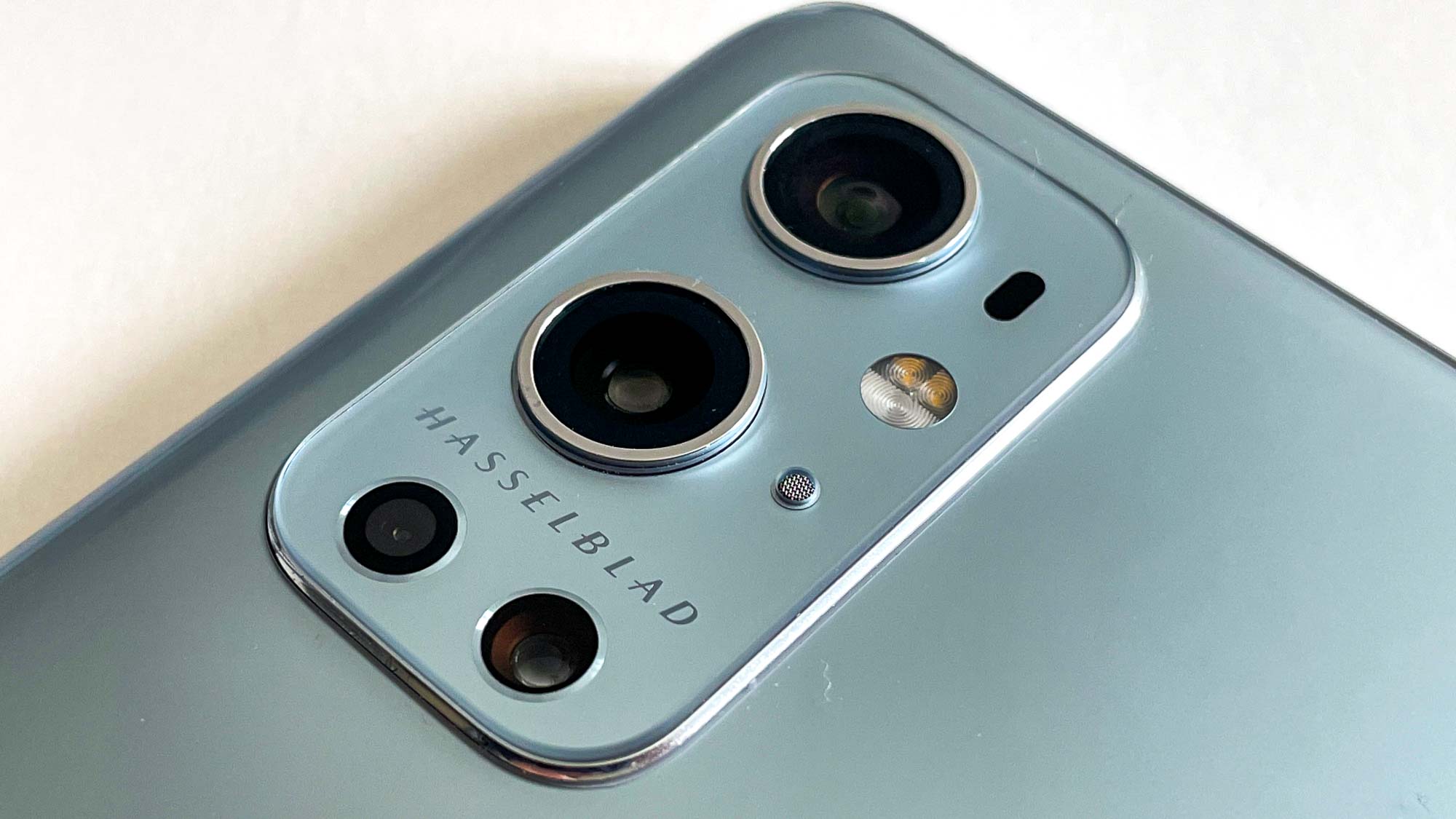
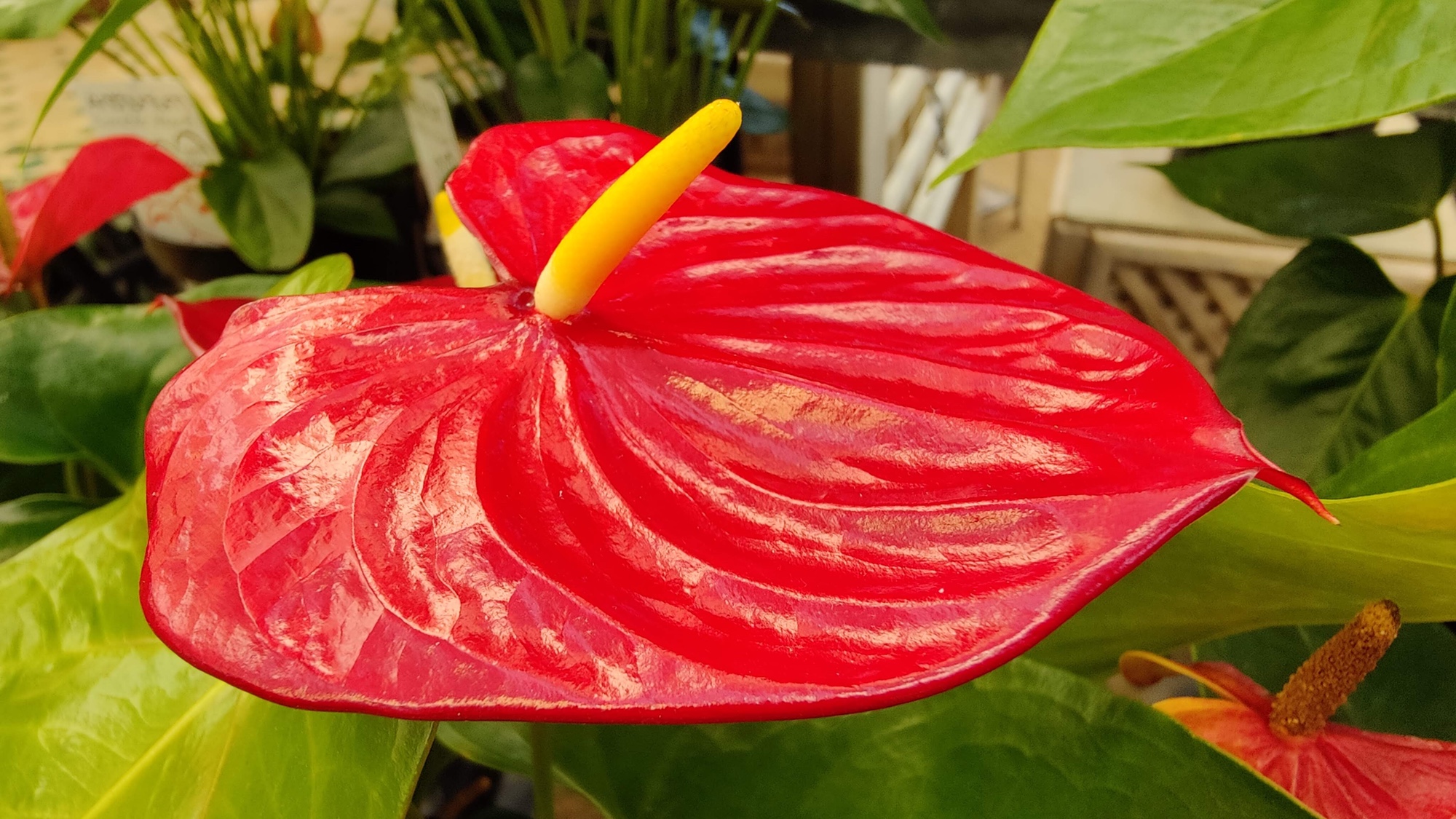
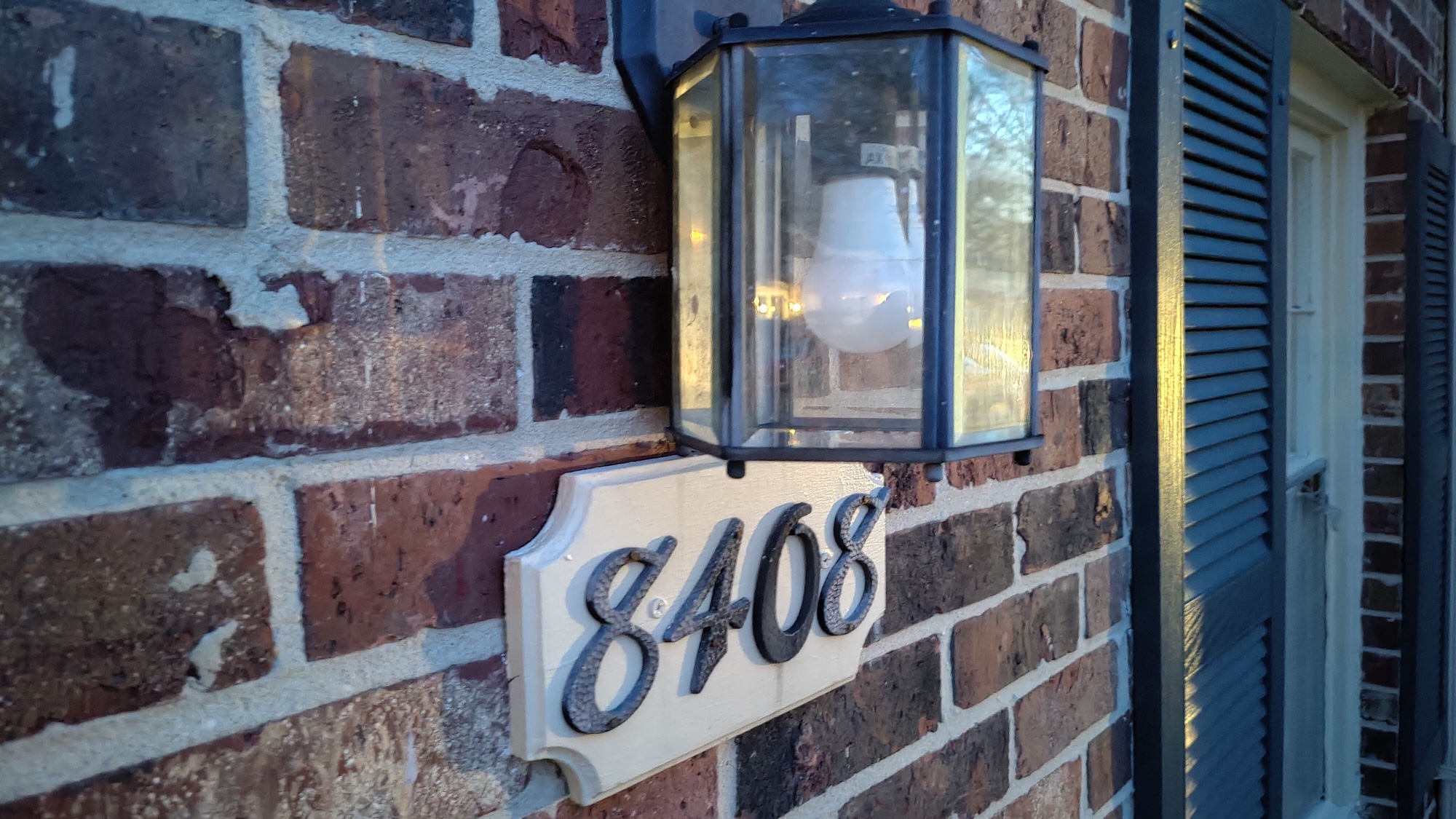


Past OnePlus phones have usually been a step or two behind the rest of the best camera phones. But that’s changed with the OnePlus 9 Pro, thanks to a partnership with camera specialist Hasselblad. OnePlus and Hasselblad are locked up in a multi-year deal to improve OnePlus’ cameras, with the 9 series reaping the benefits first.
That translates to better colors in photos taken with the OnePlus 9 Pro, as the post-processing has improved dramatically with this phone. Some features can behave unpredictably — we had mixed results shooting in low-light — but overall, we were pleased with the photos we took with the OnePlus 9 Pro, which now has both the hardware and software to keep up with the iPhone and the Pixel.
You can see for yourself by checking out our OnePlus 9 Pro camera face-off, in which we look at how the new OnePlus phone compares to the best camera phones from Apple and Google.
A cheaper phone, the OnePlus 9, also benefits from the Hasselblad partnership, though that phone lacks the Pro’s 8MP telephoto lens.
Read our full OnePlus 9 Pro review.
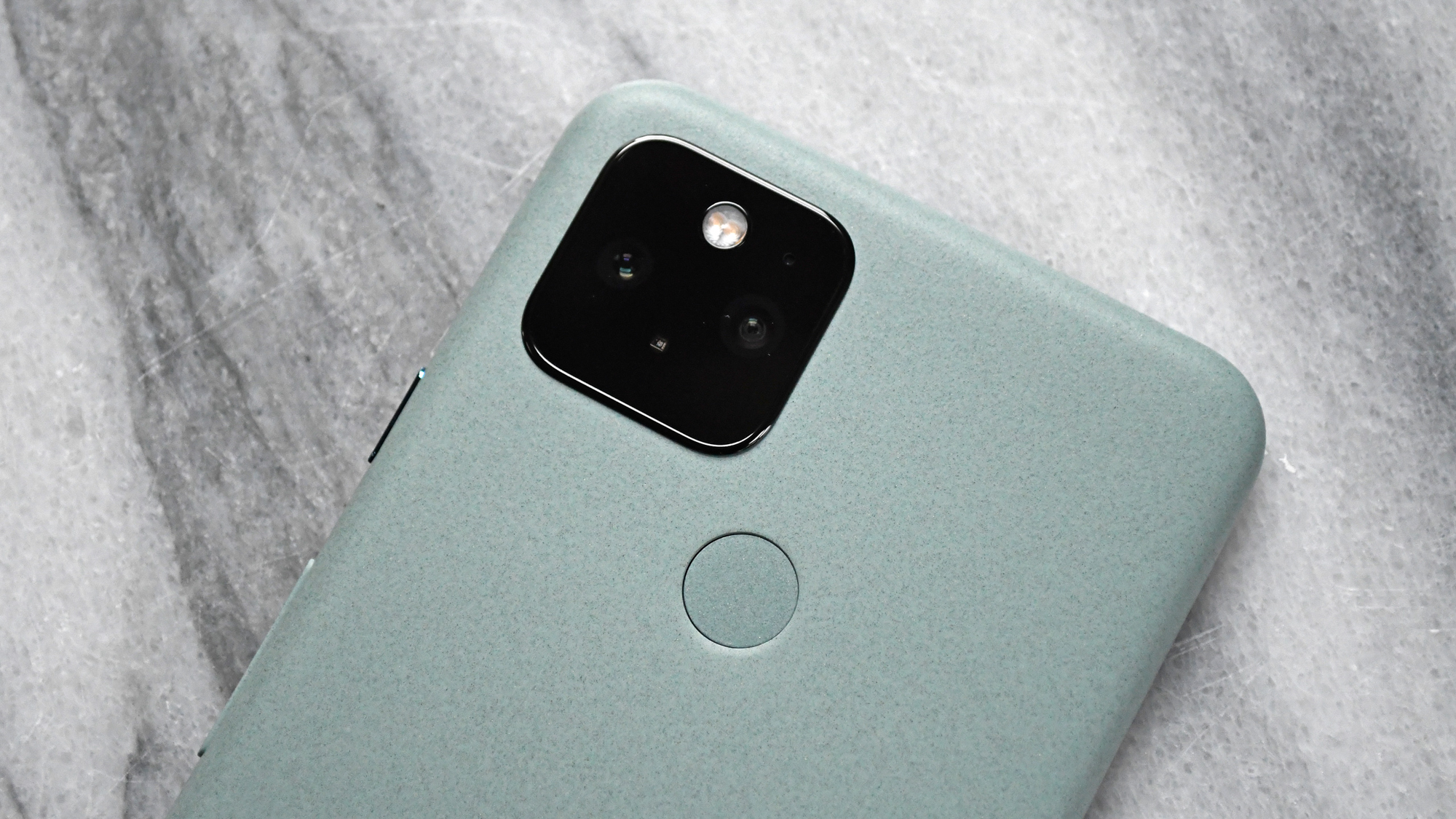




The Google Pixel 5 isn’t the most stunning camera phone from a hardware perspective. Mountain View swapped out the Pixel 4’s telephoto lens for an ultrawide at the behest of critics and users, but that’s really the only measurable hardware change in store for the latest Pixel flagship. (If you prefer a telephoto lens, that’s reportedly coming to the Pixel 6, expected to arrive this fall.)
The rest of the magic, as is always the case with Pixel, happens with the software. And boy, can the Pixel 5 churn out some magical images. The level of detail, particularly in mid- and low-light shooting scenarios, on display with this device is class-leading. Google’s Night Sight feature put Apple’s Night Mode on the iPhone 11 Pro to shame in our side-by-side comparisons. The iPhone 12 Pro has answered back, but that doesn’t take away from the fact Google has raised the stakes again and continues to roll out new software features like improved astrophotography.
The biggest knock against the Pixel 5’s camera is, unsurprisingly, that you can get it for much cheaper, either in single-lens configuration in the $349 Pixel 4a or in the exact same dual-lens guise in the $499 Pixel 4a 5G. (In fact, we could just as easily have slipped the Pixel 4a 5G into this slot — that’s how closely these two phones compare.) That makes the Pixel 5 a relatively poor value compared to the company’s other phones, even if the Pixel 5 outpaces the output of cameras built by other phone makers.
Read our full Google Pixel 5 review.




While the iPhone 12 Pro models set the standard for mobile photography, the iPhone 12 and iPhone 12 mini aren’t that far behind. While they don’t have optics of the Pro phones — there’s no dedicated telephoto lens here — the iPhone 12 still benefits from Apple’s camera software and neural engine. That means features like Night Mode, Deep Fusion and Smart HDR are on display here.
Like the iPhone 12 Pro modes, the iPhone 12 can record 4K HDR video. This phone records Dolby Vision video, too, though it’s capped at 30 FPS. The video we shot with our iPhone 12 looks much sharper than anything the current Android flagships can produce. This is the phone to get if the $999 asking price for the iPhone 12 Pro is too much.
Read our full iPhone 12 review.
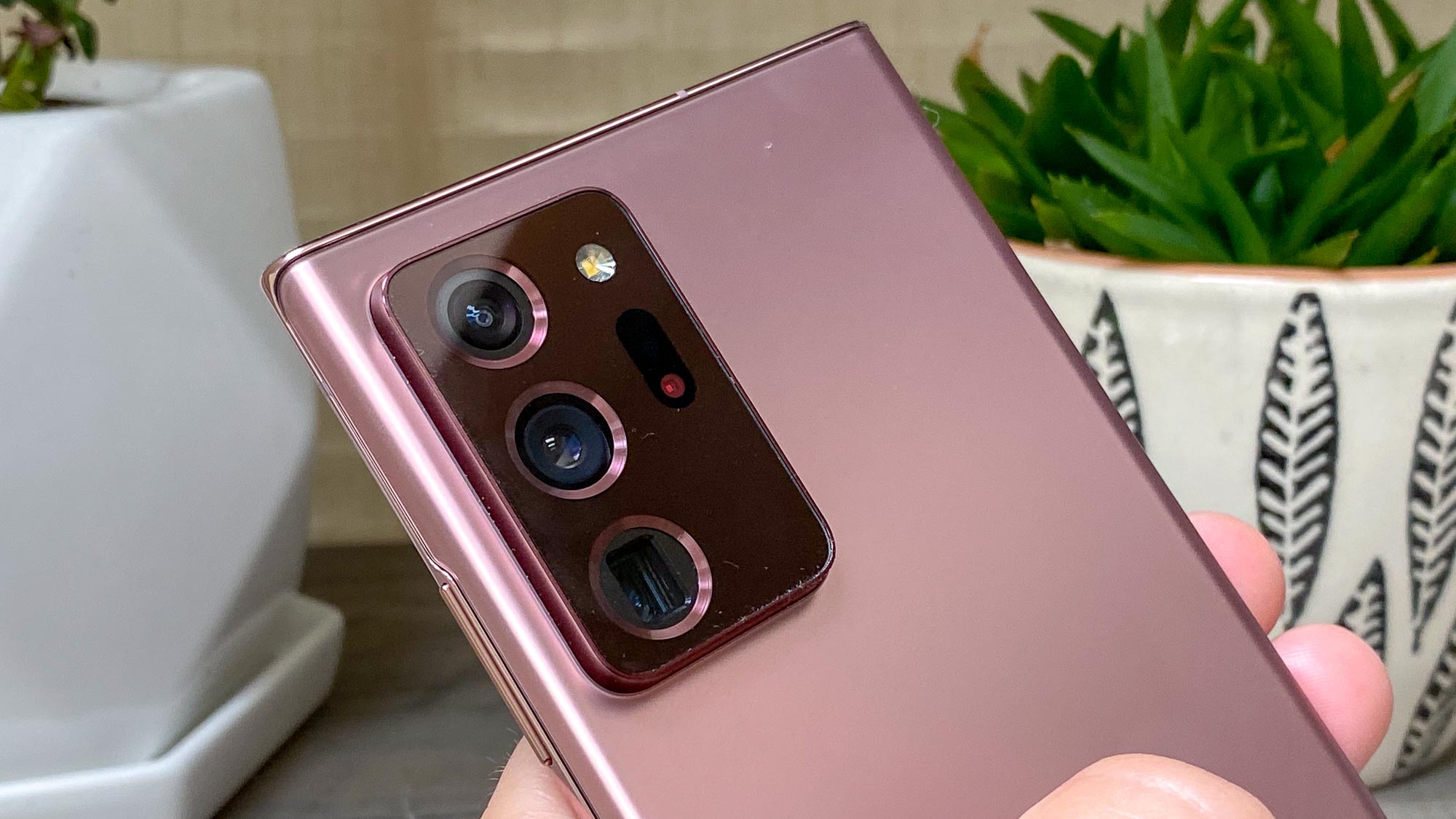




The Samsung Galaxy Note 20 Ultra narrowly loses out to the previous phones on this list because of Samsung’s occasionally wonky post-processing, but rest assured — this is still an amazing camera phone.
The Note 20 Ultra’s primary 108-megapixel sensor, which showed promise in the Galaxy S20 Ultra early last year but was hampered by glitches, has been improved with the use of a new dedicated laser auto focus sensor. The 12-MP telephoto uses a folded lens design to achieve 5x optical power, which obliterates the 2x optical zoom of the iPhone 12 Pro and can deliver lossless 10x zoom as well as up to 50x digital zoom.
The Galaxy Note 20 Ultra doesn’t deliver better photos than Apple’s premium iPhones in every instance; for example, it overly smooths faces in portrait shots, and has a tendency to blow out highlights. But there isn’t much separating the overall image quality of these phones, plus the Note 20 Ultra offers arguably more versatility, thanks to that high-megapixel lens and peerless zoom power. But then, at $1,299, you’d expect nothing less.
Read our full Samsung Galaxy Note 20 Ultra review.
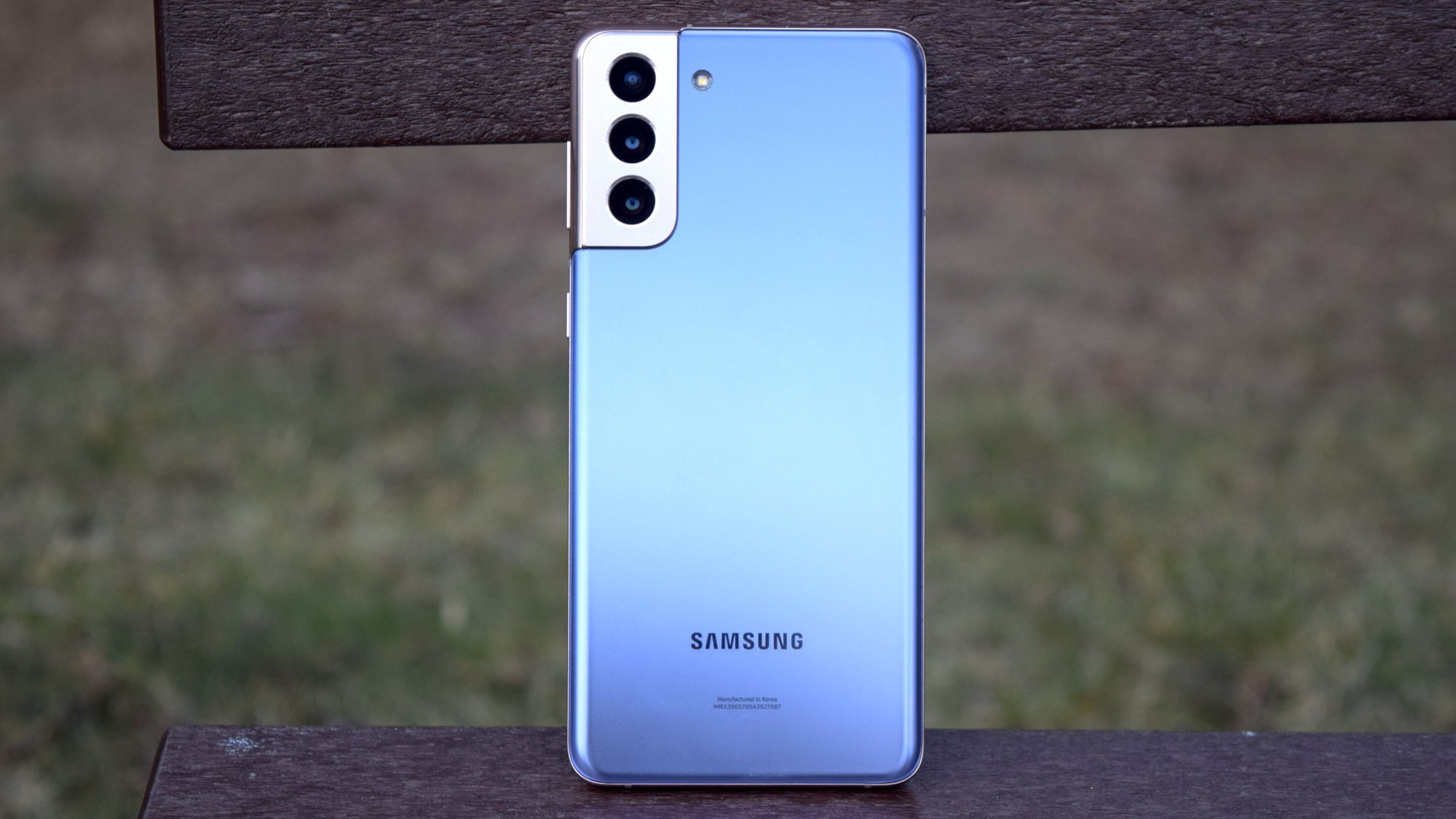
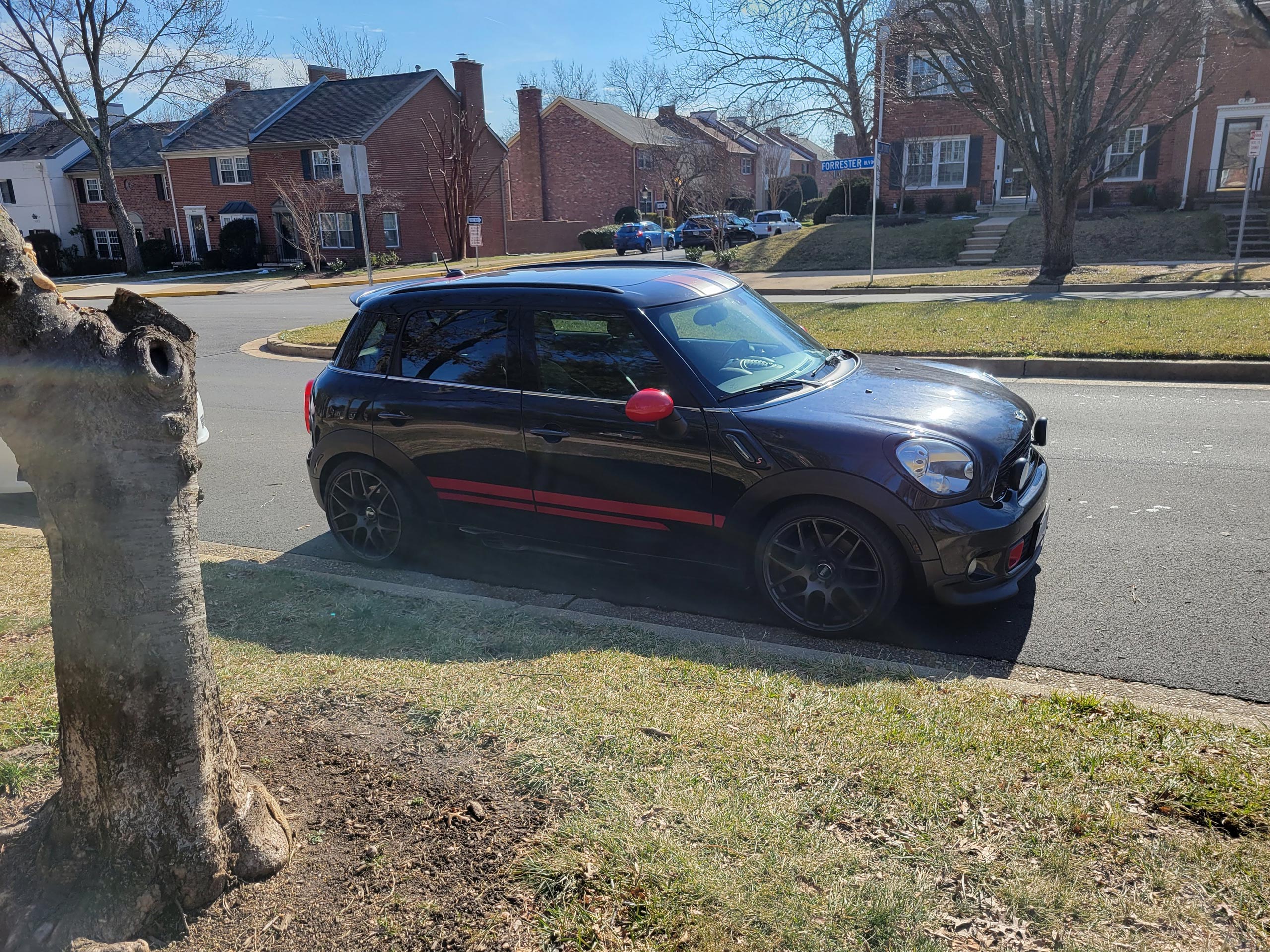
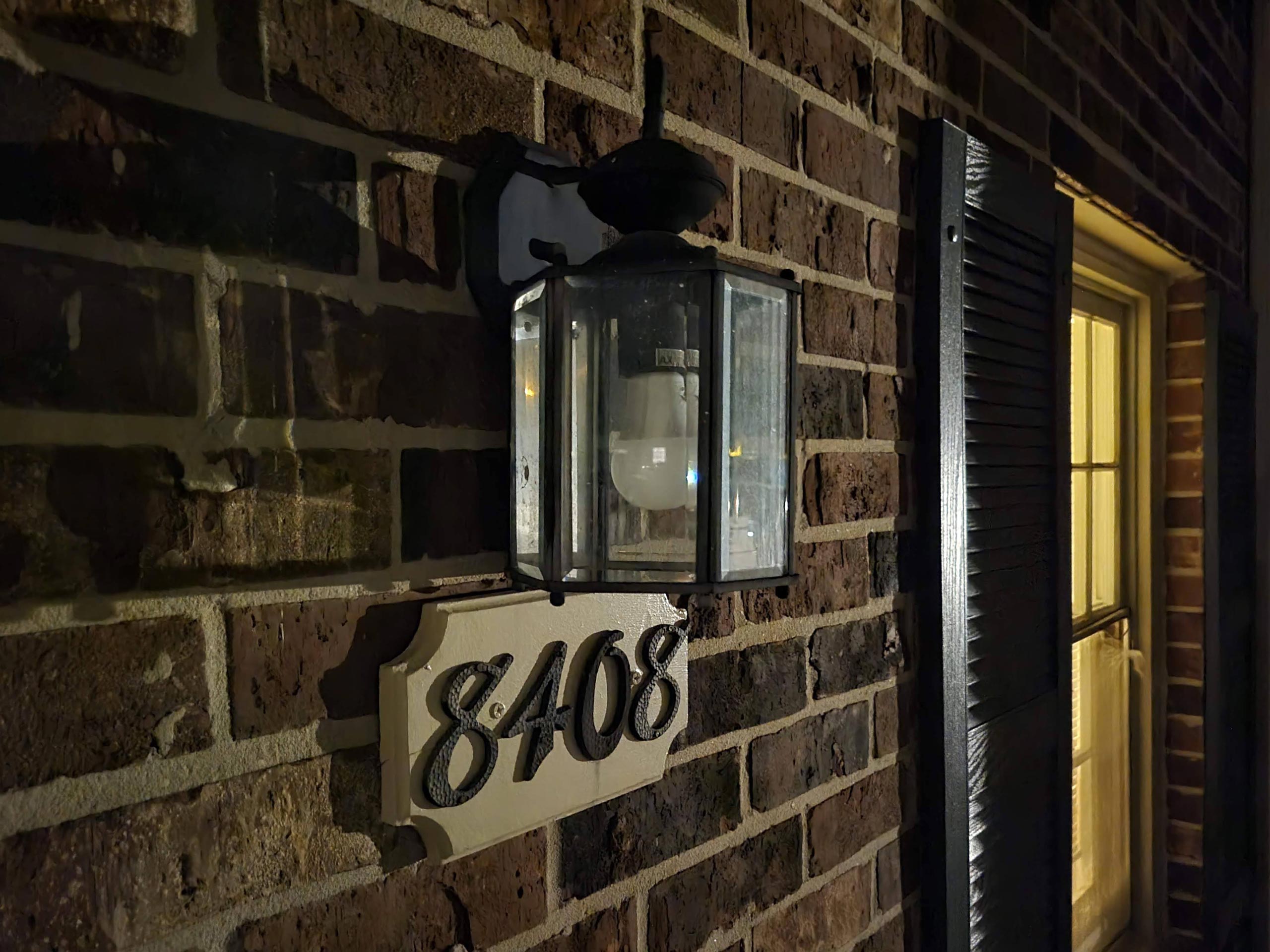
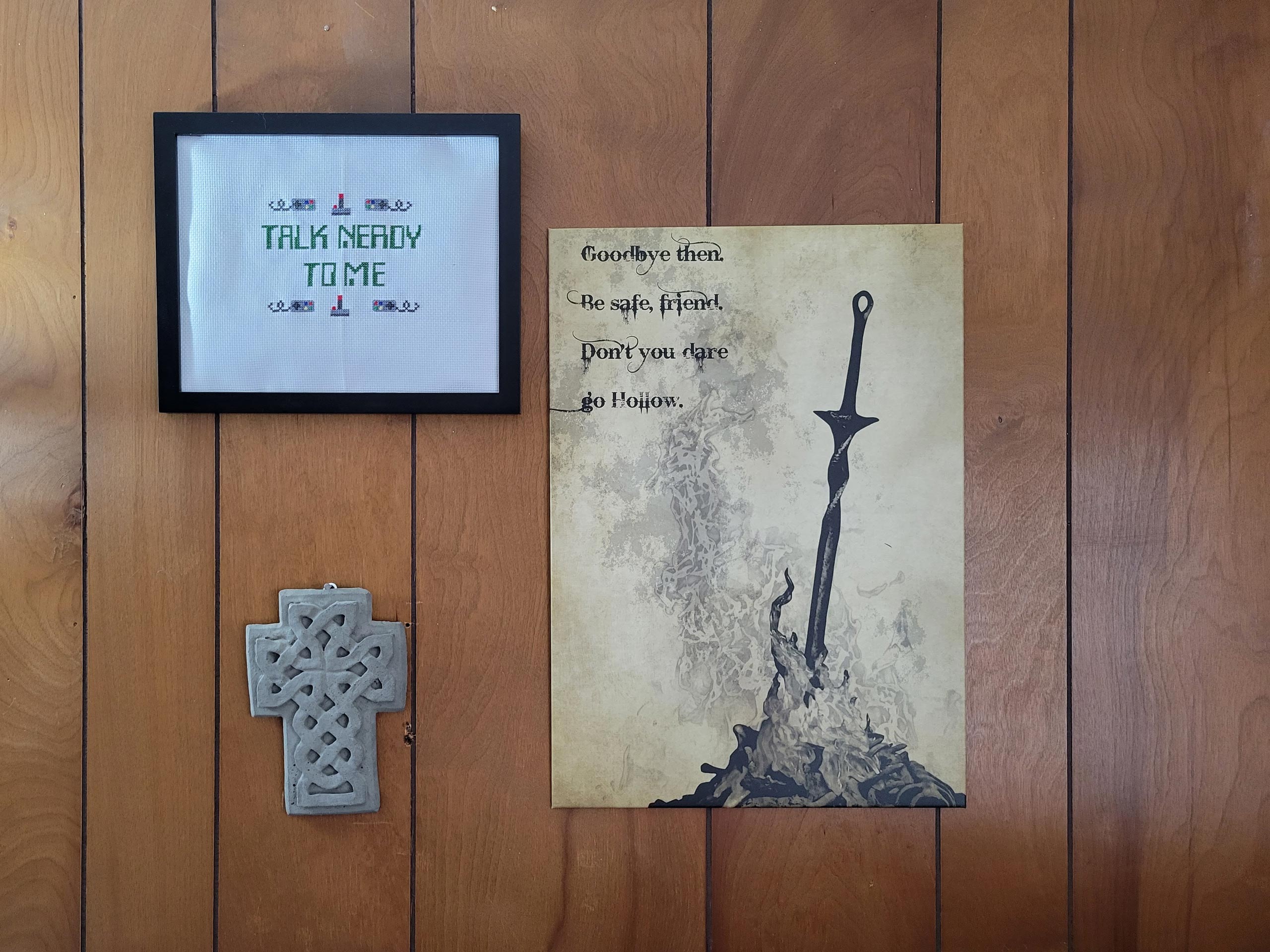
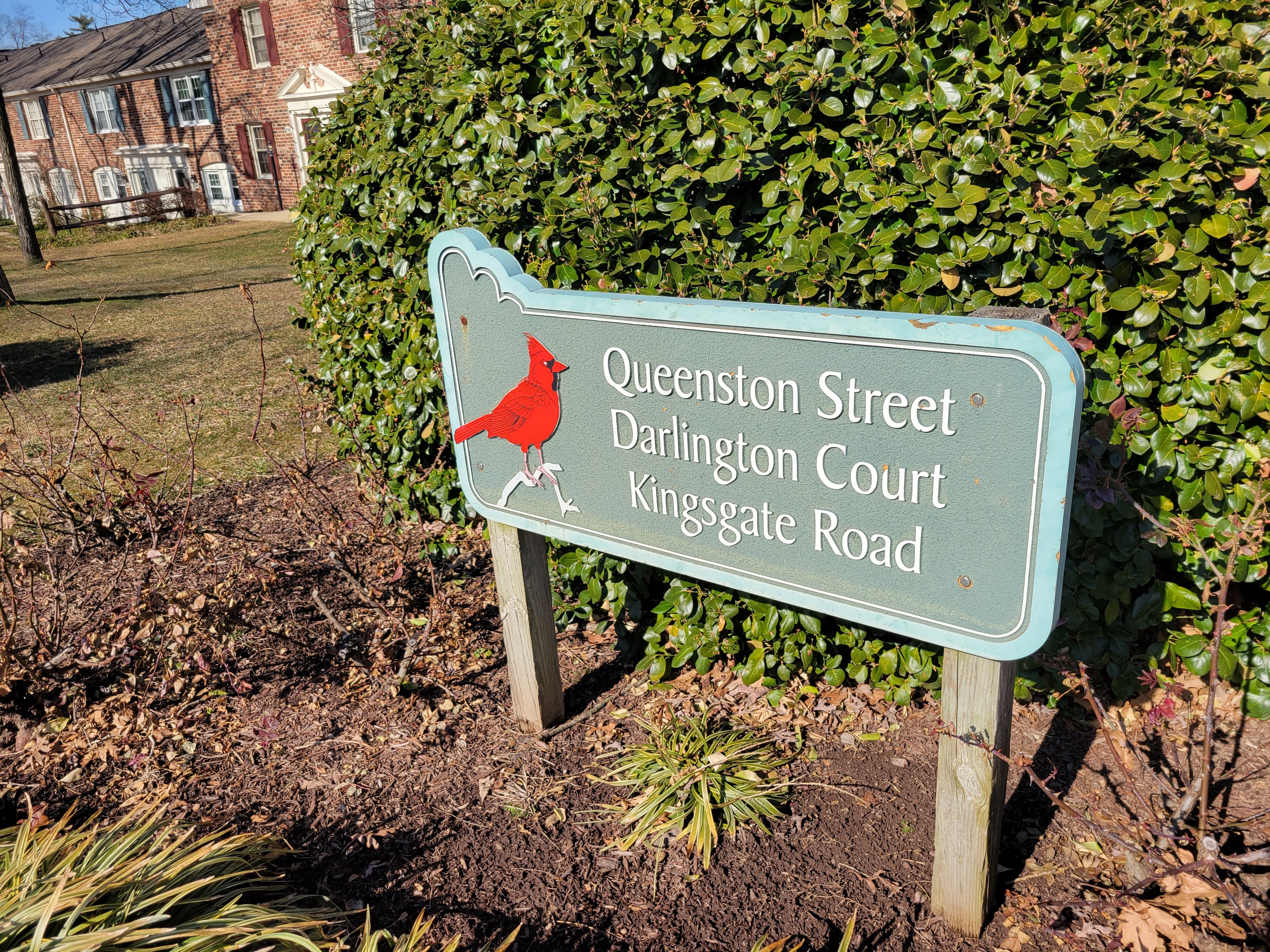
You could easily select the Samsung Galaxy S21 Ultra as your go-to camera phone, and it would be an excellent choice. The S21 Ultra produced the best photos of any of the Galaxy S21 models released this year. However, at $1,199, it’s not cheap. But Samsung released three S21 models and if you’re still looking for a big phone, then you should check out the $999 Galaxy S21 Plus.
While it lacks the insane zoom capabilities of the S21 Ultra, the Galaxy S21 Plus still outdoes the other phones on this list for sheer zoom quality. And it takes nice regular photos to boot, even if Samsung likes to over-expose a bit in post and apply too much face smoothing in portraits and selfies.
If you’d prefer a smaller, more pocketable device, the Galaxy S21 has the same camera setup as the S21 Plus, just in a smaller body. It also costs less at an appealing $799.
Read our full Samsung Galaxy S21 Plus review.
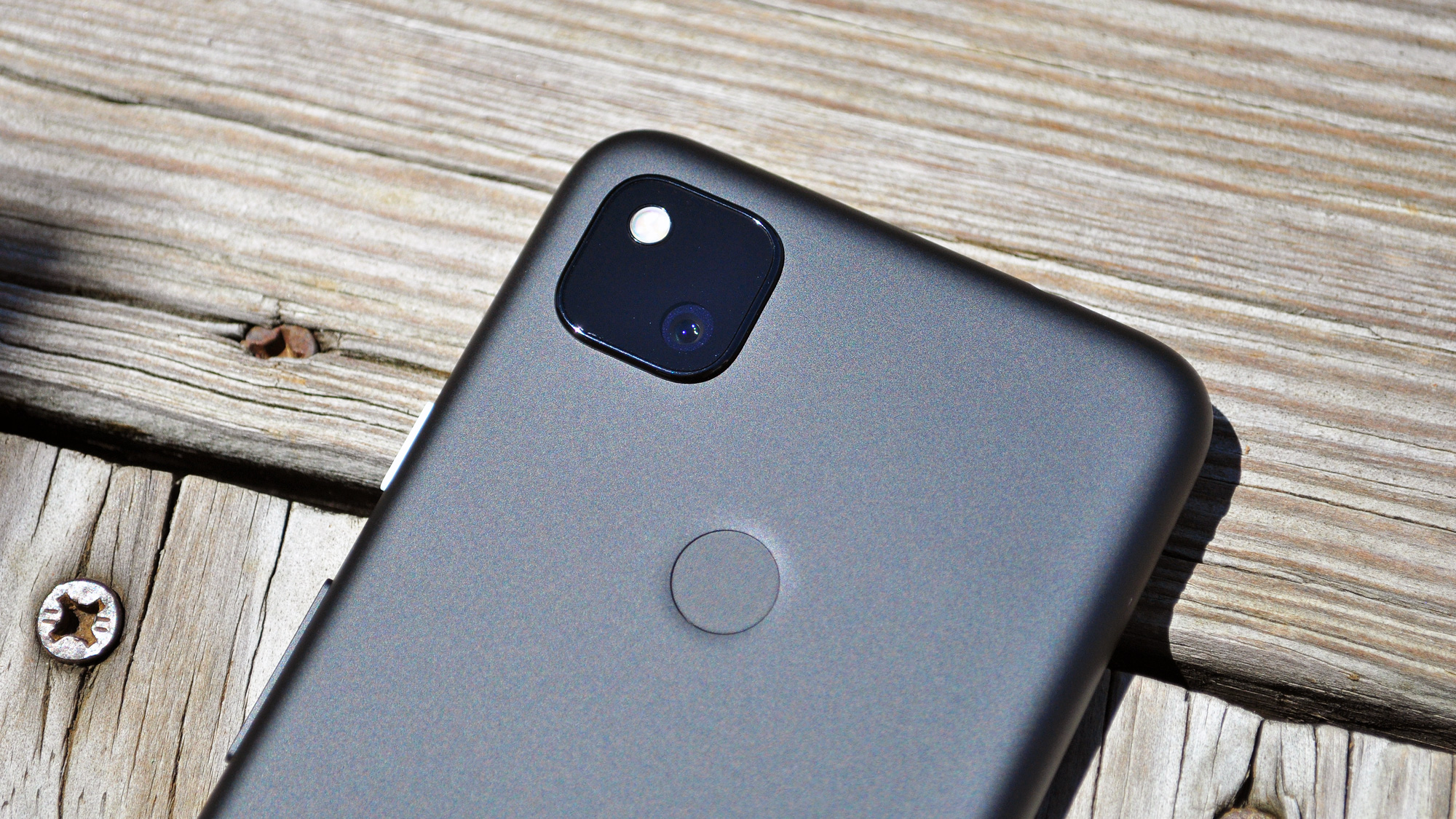



The Google Pixel 4a proves that it’s not the amount of lenses on the back of your phone, it’s what you do with the hardware that’s there. And this Pixel’s single lens benefits from all of Google’s imaging know-how, from Night Sight to Super Res Zoom and Live HDR+.
The result isn’t just the best cheap camera phone ever, but one of the best camera phones overall, because it does nearly everything the Pixel 5 can do for less than half the price. And because there’s 128GB of storage built in, you’ll have a ton of space for photos and videos compared to what you get from most budget phones (including the 64GB iPhone SE).
The Pixel 4a can even pull off some tricks the iPhone SE can’t. Apple’s device lacks Night Mode and can only capture shallow depth-of-field images of people — two limitations the Pixel 4a doesn’t suffer from. If you want to take the finest photos for the least amount of money, Google’s offering should be at the very top of your short list — provided you can’t afford to wait until the Pixel 5a shows up later this summer.
Read our full Google Pixel 4a review
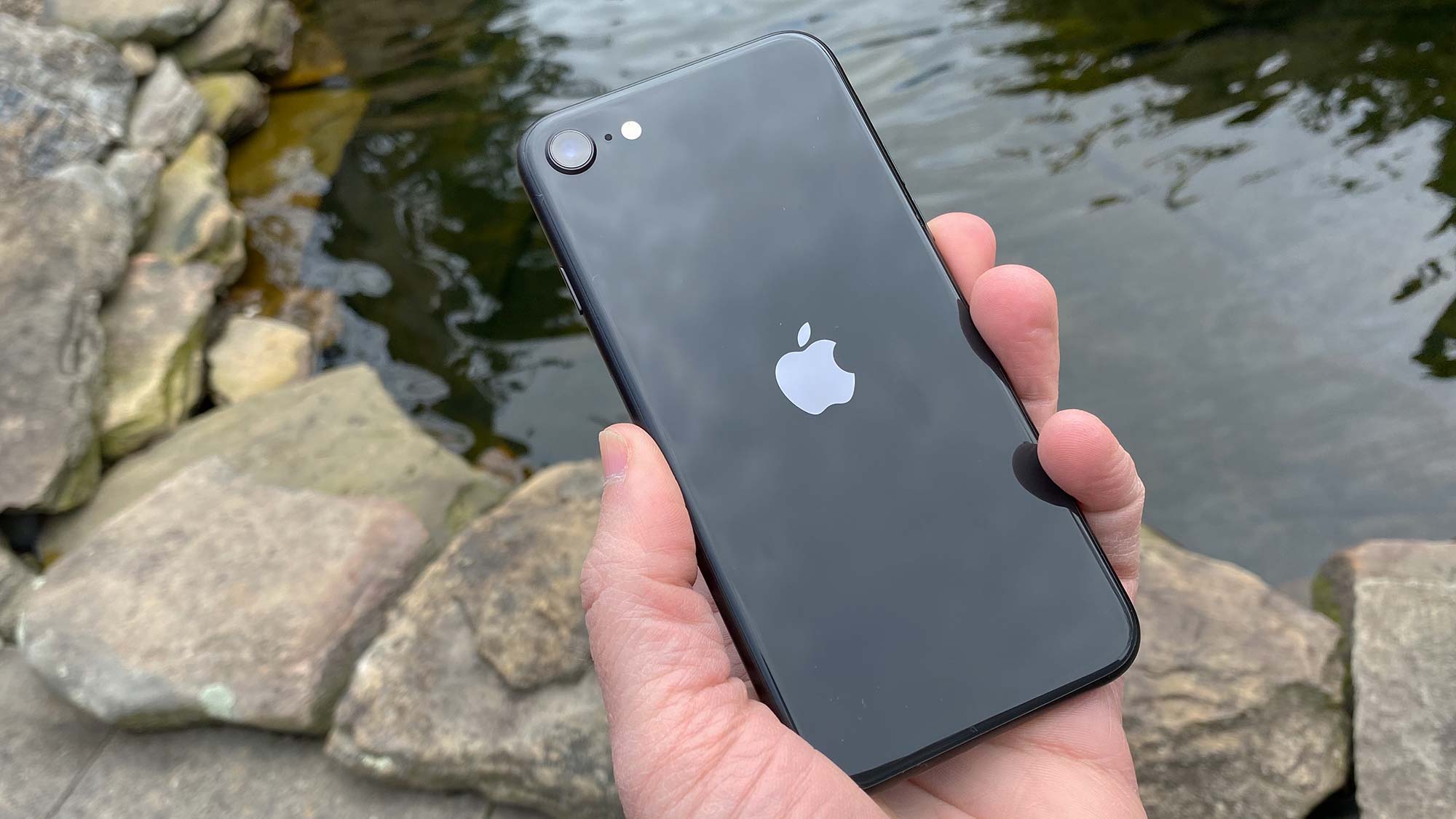



The new, $400 iPhone SE packs the iPhone 8’s 12-megapixel, ƒ/1.8 single-lens camera, but also benefits from Cupertino’s A13 Bionic processor to kick its computational photography powers into high gear.
The results simply speak for themselves. The Pixel 4a has an advantage when it comes to nighttime photography, as well as shallow depth-of-field portraits and digital zoom. That said, the iPhone SE is nearly as capable in many scenarios, as it benefits from many of Apple’s sophisticated imaging techniques, like Smart HDR and Semantic Rendering.
Because the iPhone SE lacks ultrawide or telephoto lenses, it’s not perfect — though, alongside the Pixel 4a, its camera is far and away better than those inside the vast majority of other, similarly-priced models you can buy today. Overall, if you need a new handset and don’t have much to spend — and especially if it has to be an iPhone — there’s simply no better deal out there right now.
Read our full iPhone SE 2020 review.
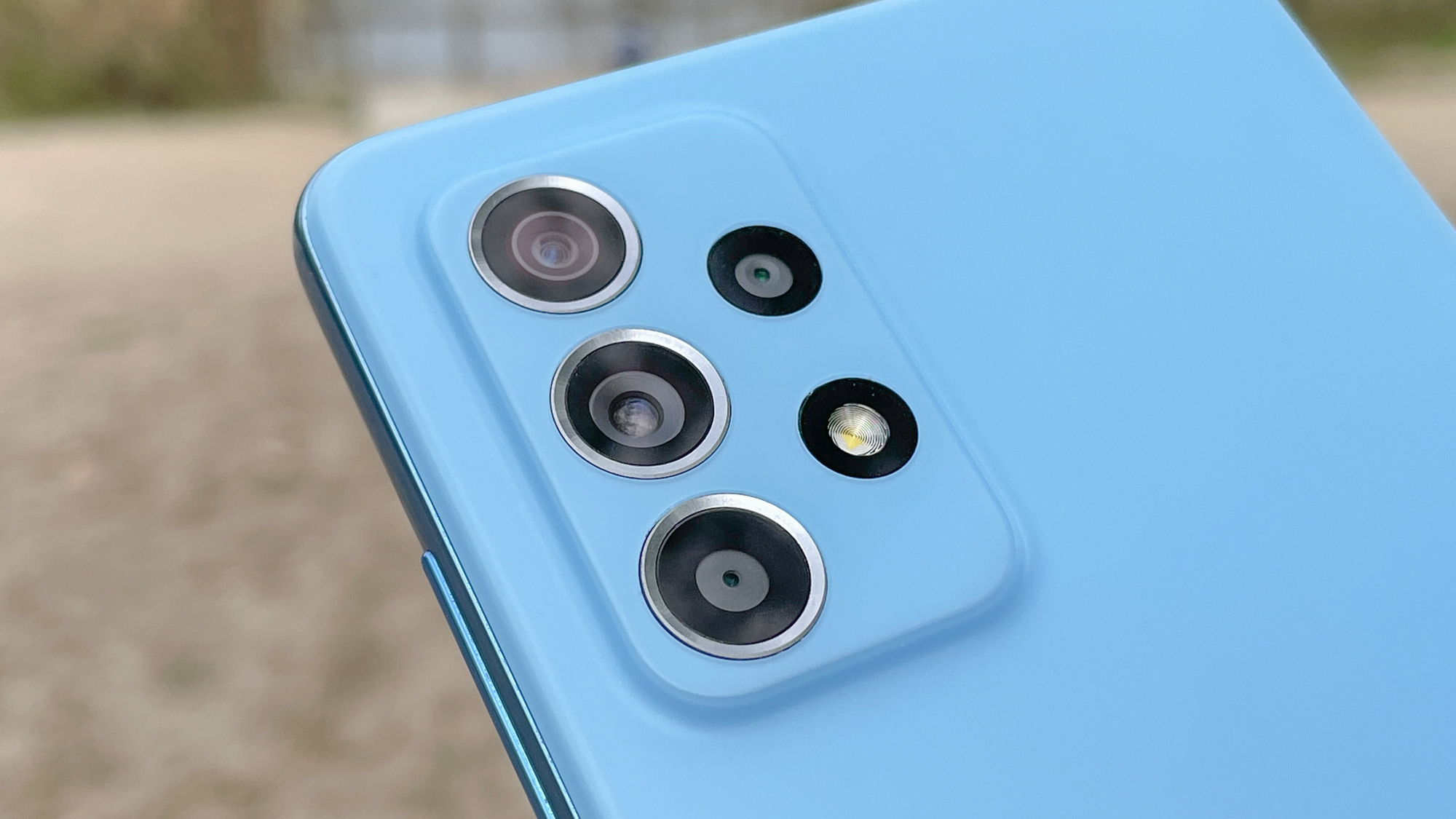




We know that Samsung’s flagship phones deliver solid photos, but what about the less expensive devices in the company’s smartphone lineup. The Samsung Galaxy A52 5G is proof you don’t necessarily need to pay big bucks to get great photos. Budget-minded shoppers will be particularly pleased with what this phone can do, particularly with its 64MP main camera.
The main lens on the Galaxy A52 5G turns in some colorful shots, good enough to match up well against comparable phones from Google in our Samsung Galaxy A52 5G vs. Google Pixel 4a 5G face-off. The 12MP ultrawide sensor is capable of good shots as well. We’re less impressed by the Galaxy A52 5G’s macro lens, which feels a little superfluous, but we did get some very impressive portrait shots thanks to a dedicated portrait sensor.
You’ll find more impressive cameras on more expensive phones, but if you balk at paying more than $500 handset, you can relax knowing that the Galaxy A52 5G is up to most of the tasks you throw at its cameras.
Read our full Samsung Galaxy A52 5G review.
How to pick the best camera phone for you
There are many factors to consider if camera quality factors heavily into your smartphone purchasing decision. A good way to start is by asking yourself what kinds of photos you see yourself taking. Not all multi-lens cameras are created equal — some have ultrawide lenses for stunning landscapes, others have telephotos for zoomed-in shallow-depth-of-field portraits, and others still have both. The newest flagships from the likes of Samsung and Huawei even have periscope-style lenses that can achieve up to 10x lossless zoom, rivaling the power of DSLRs.
Something else to consider: Megapixels don’t matter as much as aperture. Cameras with a wider aperture (lower ƒ-stop numbers translate to wider lenses) let in more light, which greatly helps produce better shots in the dark. The high-megapixel sensors found in the latest devices are nice, but it’s a common misconception that pixel count directly translates to better-looking photos.
Do you need a portrait mode that allows for bokeh backgrounds? That’s where the subject of the photo is in sharp focus, while an artistic blur blankets the rest of the scene. Although it started as a feature exclusive to multi-camera phones, the single-lens Pixel 4a and iPhone SE are both capable of capturing bokeh-effect portraits. Some devices even let you adjust the strength of the blur before and after you take a shot.
Front camera specs are important, too. In a world where we’re taking more selfies than ever, you shouldn’t overlook a phone’s front camera. Some front cameras, like the ones on the iPhone 12 and Pixel 5, can actually perform the same portrait mode effects that rear cameras pull off. Some phones, like the older Galaxy S10 Plus, feature two front cameras, with the second lens pulling in more background details.
Finally, don’t forget about video. Your cameras shoot more than just still images. Consider what resolution the camera captures video at along with the frame rate. A word to the wise, though: Be wary that ratcheting up the resolution will result in clips that take up much more space on your smartphone’s internal storage.
How we test camera phones
We put the market’s leading handsets through a variety of common shooting situations, such as landscapes, portraits and selfies in daylight and at night. Then, we analyze each set of images on a color-calibrated monitor to see which smartphone had the best combination of color accuracy, clarity and contrast. We also perform in-depth camera comparisons between the top phones, using each handset in their auto mode to take a wide range of photos in different conditions. After declaring a winner in each round, we name an overall winner of that face-off.
In each of our smartphone reviews, we also factor in any special features, such as dual lenses and what they enable, Portrait Modes, and other special modes, before we come to a conclusion.
For all the latest Technology News Click Here
For the latest news and updates, follow us on Google News.
